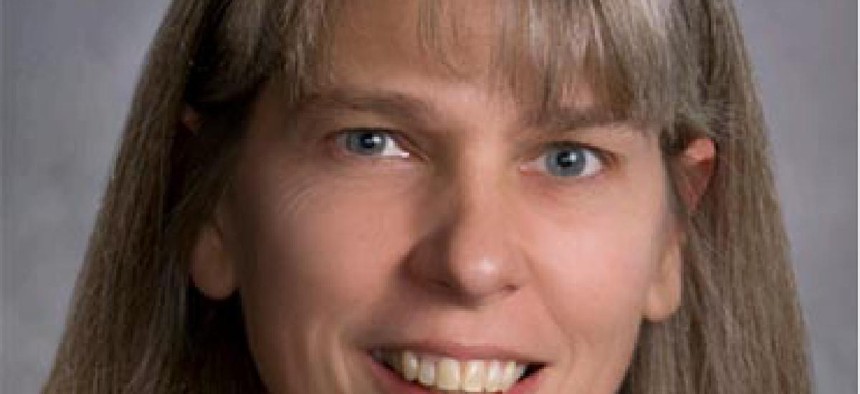Hruby to begin as Sandia director

Longtime national labs official will be the first woman to lead one of the Energy Department's nuclear security laboratories.

Jill Hruby will be the first woman to lead one of the Energy Department's nuclear security laboratories.
When Jill Hruby steps into her new leadership position at the nation's largest national research lab, Sandia National Laboratory, she will also make a bit of nuclear technology history.
Hruby was named the next president and director of Sandia on June 22, and is slated to take up her new role July 17, according to a statement from the facility.
As she begins her new job as the facility's 14th director, she will have the distinction of becoming the first woman to lead one of the nation's three national nuclear security laboratories -- Sandia, Los Alamos and Lawrence Livermore. The labs operate under the Department of Energy’s National Nuclear Security Administration (NNSA) and are responsible for developing, engineering and testing non-nuclear components of nuclear weapons.
Sandia has principal sites in Albuquerque, N.M., and Livermore, Calif., with operating revenue of about $2.6 billion, and more than 10,000 employees.
Hruby succeeds Paul Hommert, who is set to retire July 16 after serving as Sandia president and laboratories director since 2010.
In 2010, according to Sandia officials, Hruby came to the lab's New Mexico site after 27 years at its Livermore location to become vice president of the Energy, Nonproliferation, and High-Consequence Security Division, and leader of its International, Homeland and Nuclear Security Program Management Unit (PMU). The unit's mission encompasses nonproliferation and arms control; securing and safeguarding nuclear weapons and nuclear materials; protecting critical U.S. government assets and installations; ensuring the resilience of physical and cyber infrastructures; and reducing the risks of terrorist threats and catastrophic events.
As PMU vice president, Hruby oversaw more than 1,300 employees and contractors and managed work in such areas as global security, energy technologies, weapon and force protection, critical asset protection, the nuclear fuel cycle, geoscience and climate.
NEXT STORY: What Cobert brings to OPM





